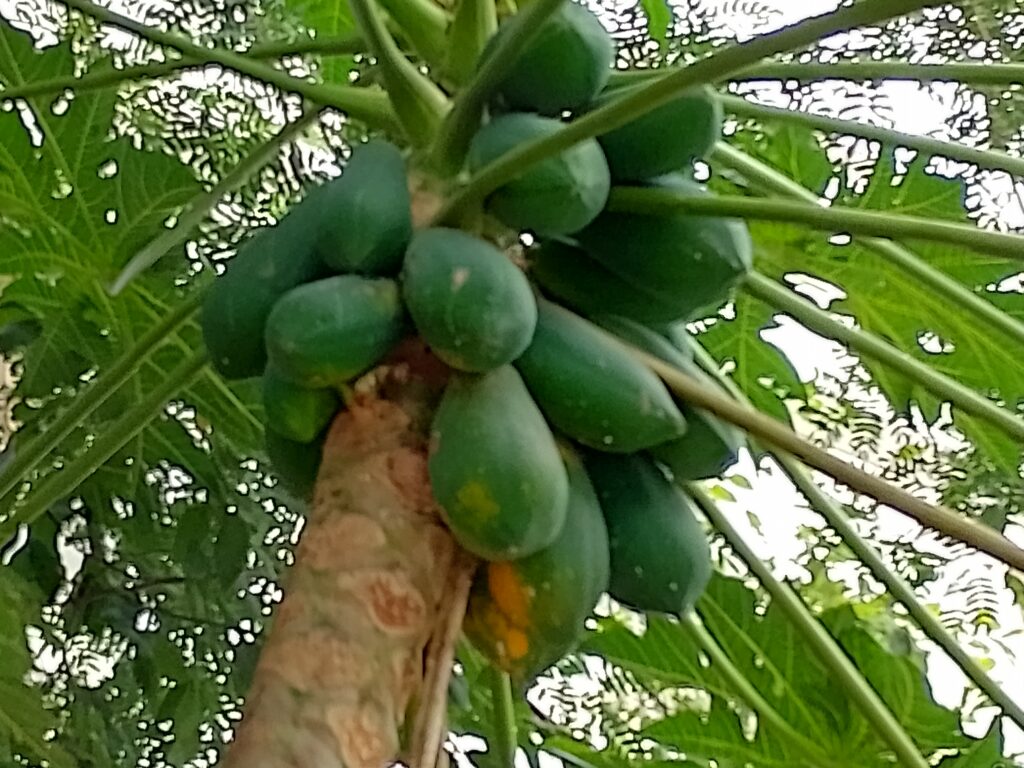Ever wonder how papaya trees are so helpful for the world? Ever thought how these incredible plant species help us? This blog will share you several mind-blowing facts about Papaya Trees. ‘Come as you are. Leave better.’, Because that’s what papaya does. Carica papaya, commonly known as papaya, is a tropical and subtropical plant native to Mexico and northern South America that has naturalised in many parts of the world. Papaya is also known as papye, pawpaw, lapaya, tapayas, and kapaya. It’s a massive, tall herbaceous plant that appears like a tree but isn’t. The leaves are large, palm-shaped, and have an average size of 50-70 cm. The fruit that develops takes on a variety of shapes depending on the type of bloom. The fruit ranges in size from 5 to 30 cm in length and is yellowish orange in colour. The texture is excellent, and the fruit is densely packed with black seeds.There are several reasons why we should plant a papaya tree and they are:
- They taste good and are healthy for you (protects us from strokes, heart attacks etc.
- They taste good even if not ripe (Tribes from Bali uses unripe papayas to make Balinese soup).
- Leaves and flowers are edible and tastes good like the fruit.
- Their stems can be used as eco-straw.
- Their seeds can be used as a substitute to black pepper.
- They grow fruits faster compared to other plants.
- They are used to improve skin (removes pimples, removes black spots, whitens, etc.).

Papaya farming began in Mesoamerican South Mexico and Costa Rica. The total yearly global output of fruits is projected to be 6 million tonnes. With an annual output of over 3 million tonnes, India tops the globe in papaya production. Following the commerce between the Portuguese and Indian Black Pepper, Papayas arrived from Central America and were taken by the Spanish in the Manila galleons, ships that travelled over the Pacific to the Philippines, around 1550. They spread quickly across Asia to India, and seeds from there made their way to Naples in 1626. Papayas were found in the 16th century by Spaniards in the Dominican Republic and Panama. Papayas are being used not just as a fruit but also as ice cream and cocktails. They are also used to enhance the flavour of skin care items and pre-packaged meals. To summarize, papayas are crucial and play a part in the environmental cycle.








